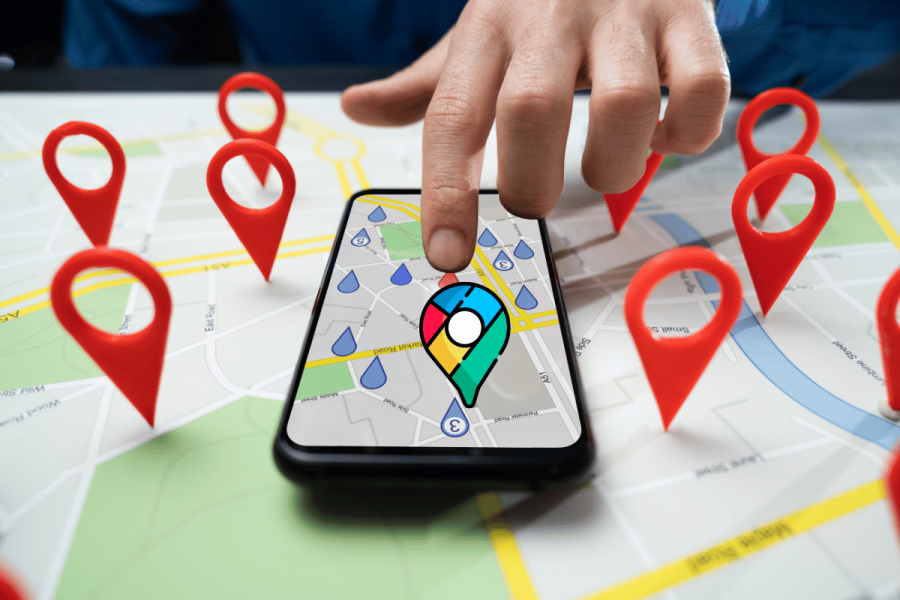Google Maps and Google Earth just got their second update of 2012 to add 45º imagery, which now covers 17 U.S. and seven international cities. These 45º views cause buildings to cast shadows and rotate with real perspective. It’s an almost-3D view that makes the satellite view of a place more realistic while still supporting most systems.

45º views act as a transition between the standard top-down view and Google’s new Google MapsGL, a full-3D Maps experience powered by WebGL in the browser. That part won’t work on certain low-end graphics cards, but for those who can run it, Google Maps gets pretty magical. Google has good reason to push the envelope on 3D maps. Its competitors are working on magical maps of their own.

In addition to the full-3D WebGL views, desktop Google Maps also got a flyover feature for travel routes last year. When you put in travel directions, the map viewer gets a “Play” button that switches to a Google Earth 3D view and flies you from point A to point B. It’s not the most useful feature in the world, but it’s a nice way to check out the terrain on your route.
Google is even taking 3D mapping indoors. It’s sending people with backpack-mounted Street View cameras inside local businesses, so Google can put a panoramic interior view into Google Places results. Google is also building mobile 2D maps inside buildings, including malls, airports, hotels and convention centers. When all these maps combine, Google can take you from a desktop or mobile search, down the street, into the mall, to the store, inside the store, and eventually, it wants to be the way you pay, too.

Sounds like Google has this whole business locked up, right? Well, let’s not get ahead of ourselves. Google has competitors to worry about. There’s Microsoft, whose Bing Maps got interior mapping first, but it’s still a distant second in terms of market share. Amazon may not have the maps, but it has unparalleled reach into shopping. And Apple has Siri, a mobile assistant that already routes around Google when able, and it has made some intriguing mapping acquisitions.

The missing piece in Google’s end-to-end mobile shopping chain is the shopping part, and no Web company does shopping like Amazon. Amazon has released an augmented reality iPhone app that lets customers scan products in a store and buy them (or cheaper alternatives) on Amazon. That’s a pretty serious diss to local businesses, but it makes Amazon customers happy. Also, if they’re buying through Amazon Flow, they aren’t paying with Google Wallet. Amazon also bought a voice recognition company last year, sparking comparisons to Apple’s Siri.
For Apple’s part, Siri is the piece that threatens Google. Currently, Siri searches the Web using Google when it can’t find the answer itself. Apple’s iOS Maps app also uses Google for now. But certain features of the Siri beta are telling. When you use Siri to search for a local business, it uses Yelp, not Google. What can we expect from later versions of Siri and iOS? Here’s a hint: In November 2011, Apple bought C3 Technologies, a 3D street view and interior mapping company.
Screenshot of C3 Technologies street view (via MacRumors)

What apps, maps and Web services do you use to find your way around?









